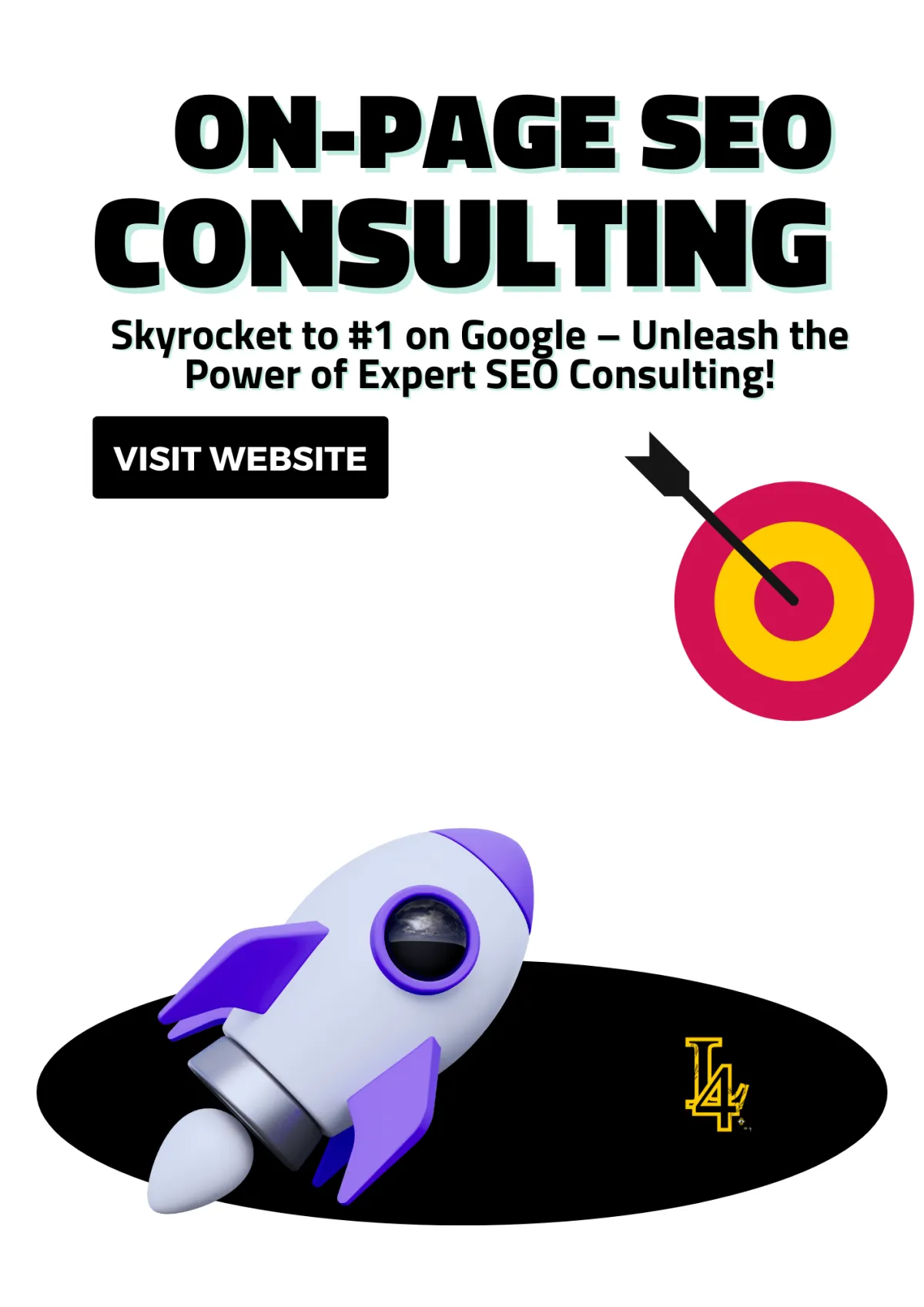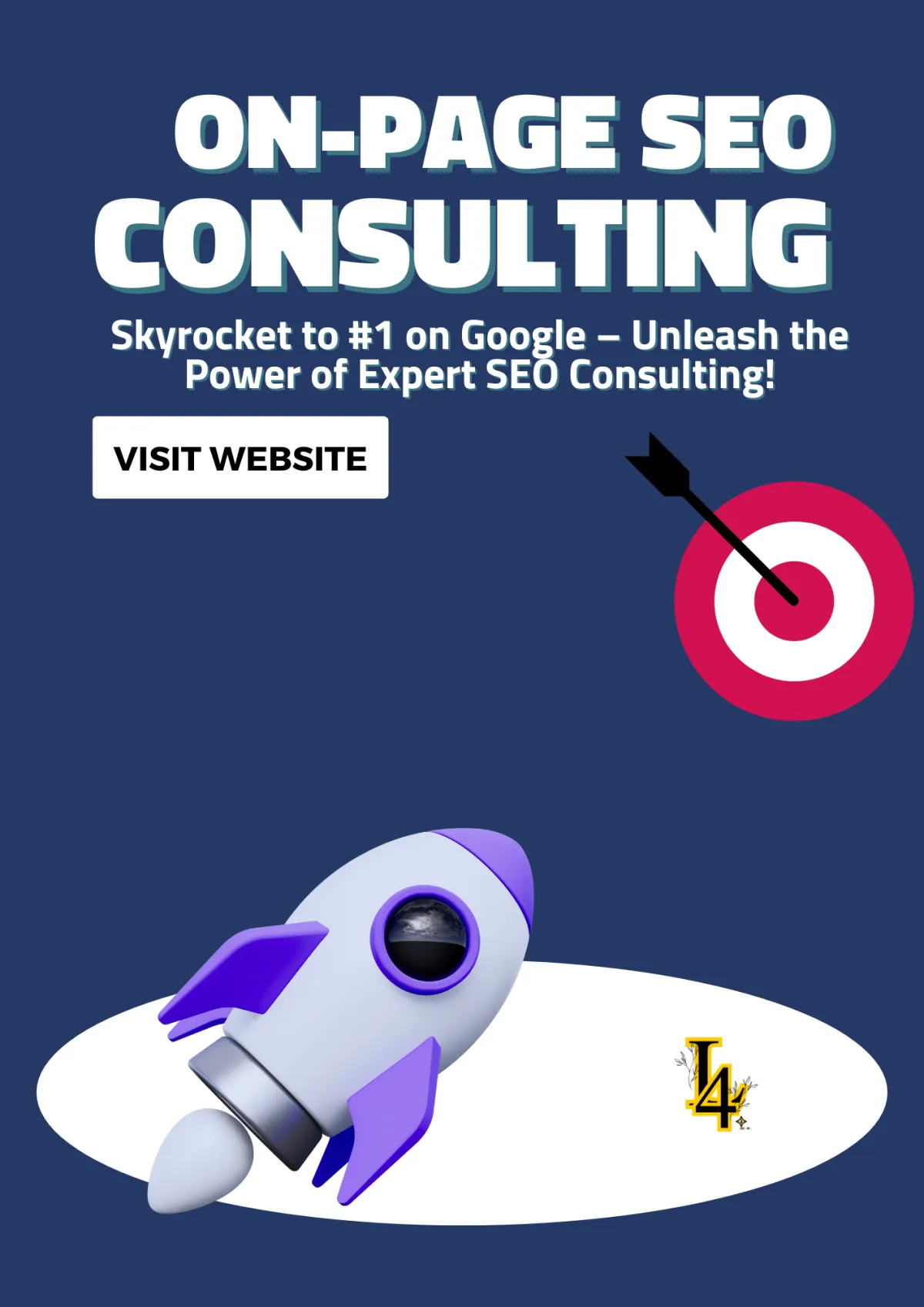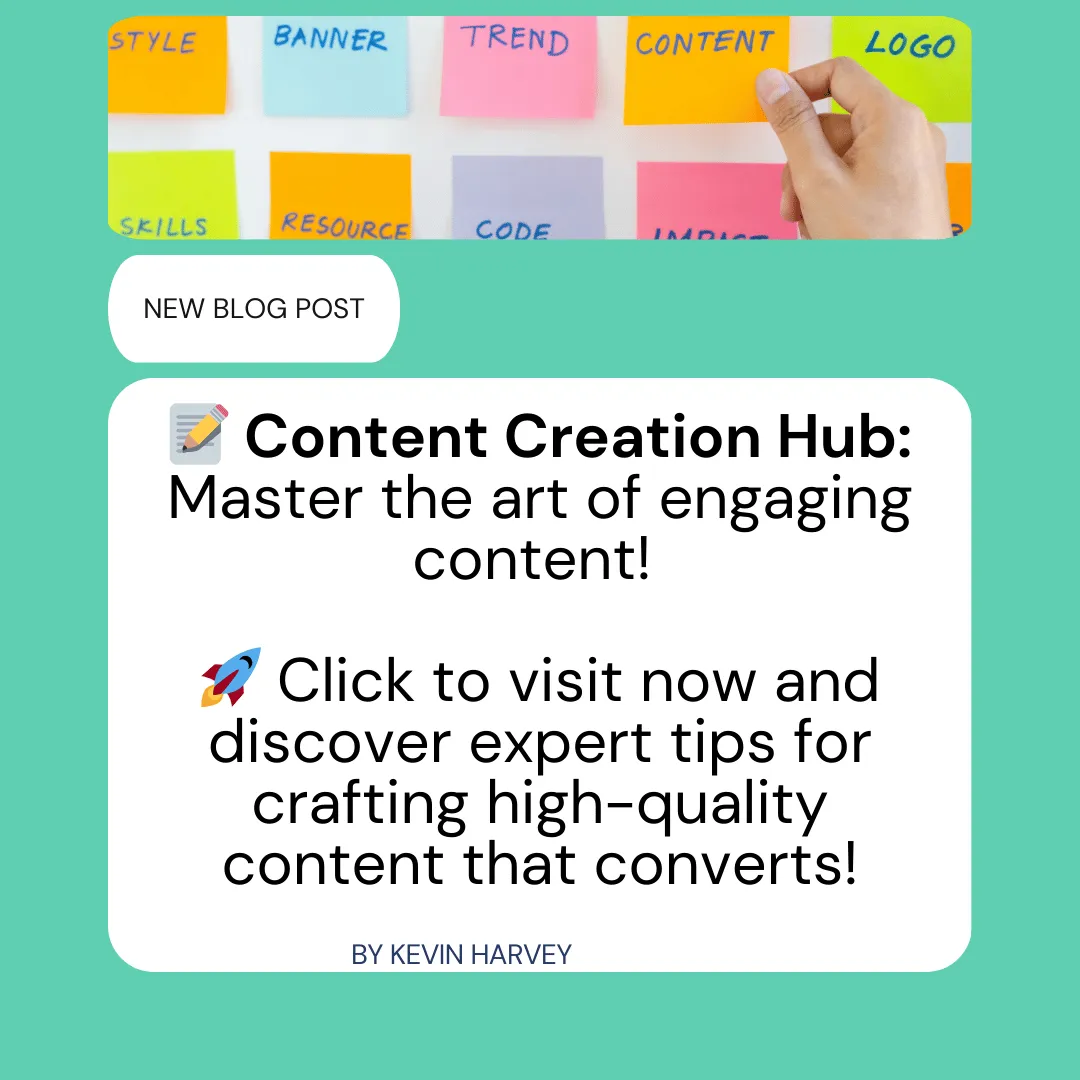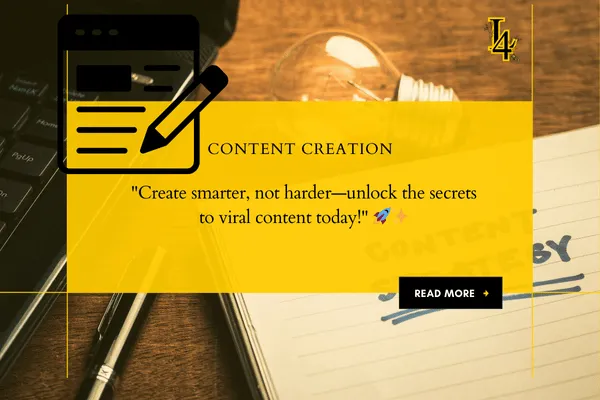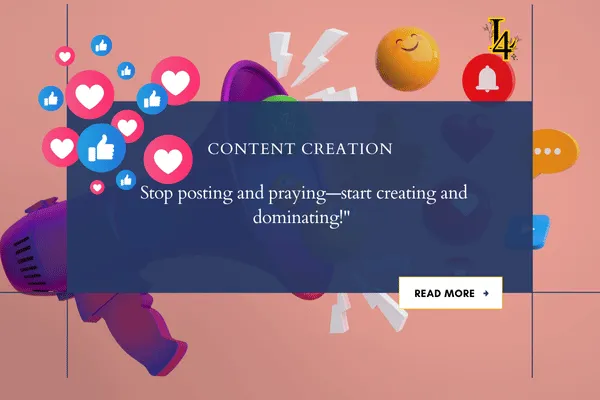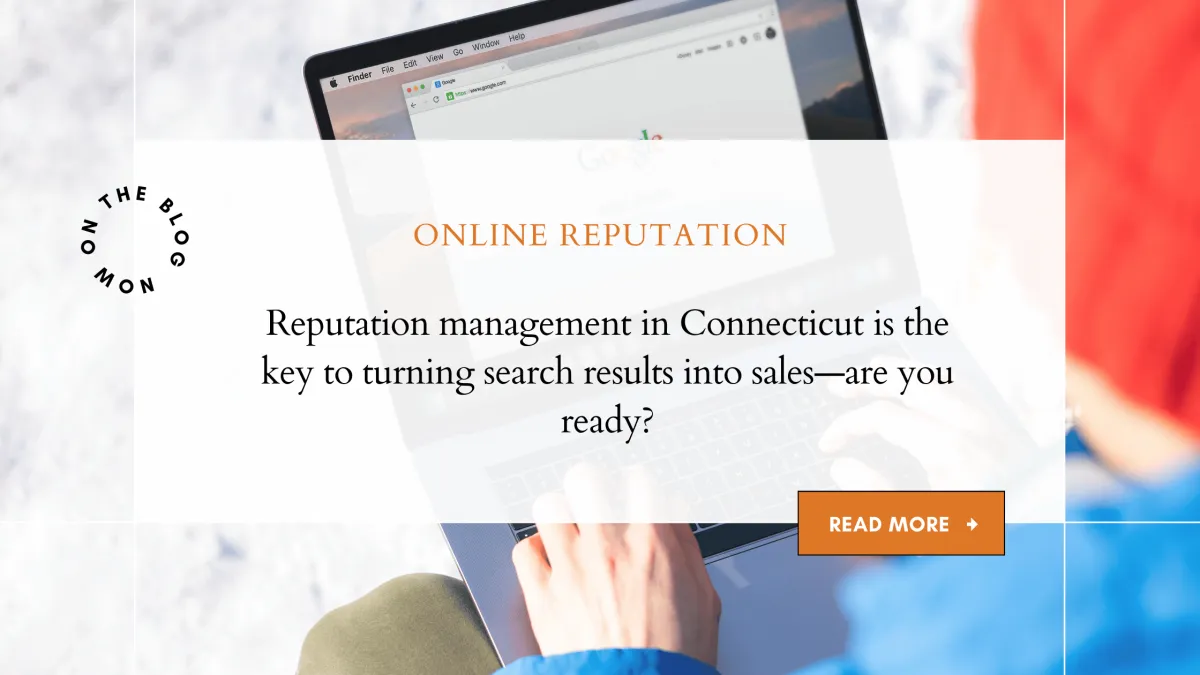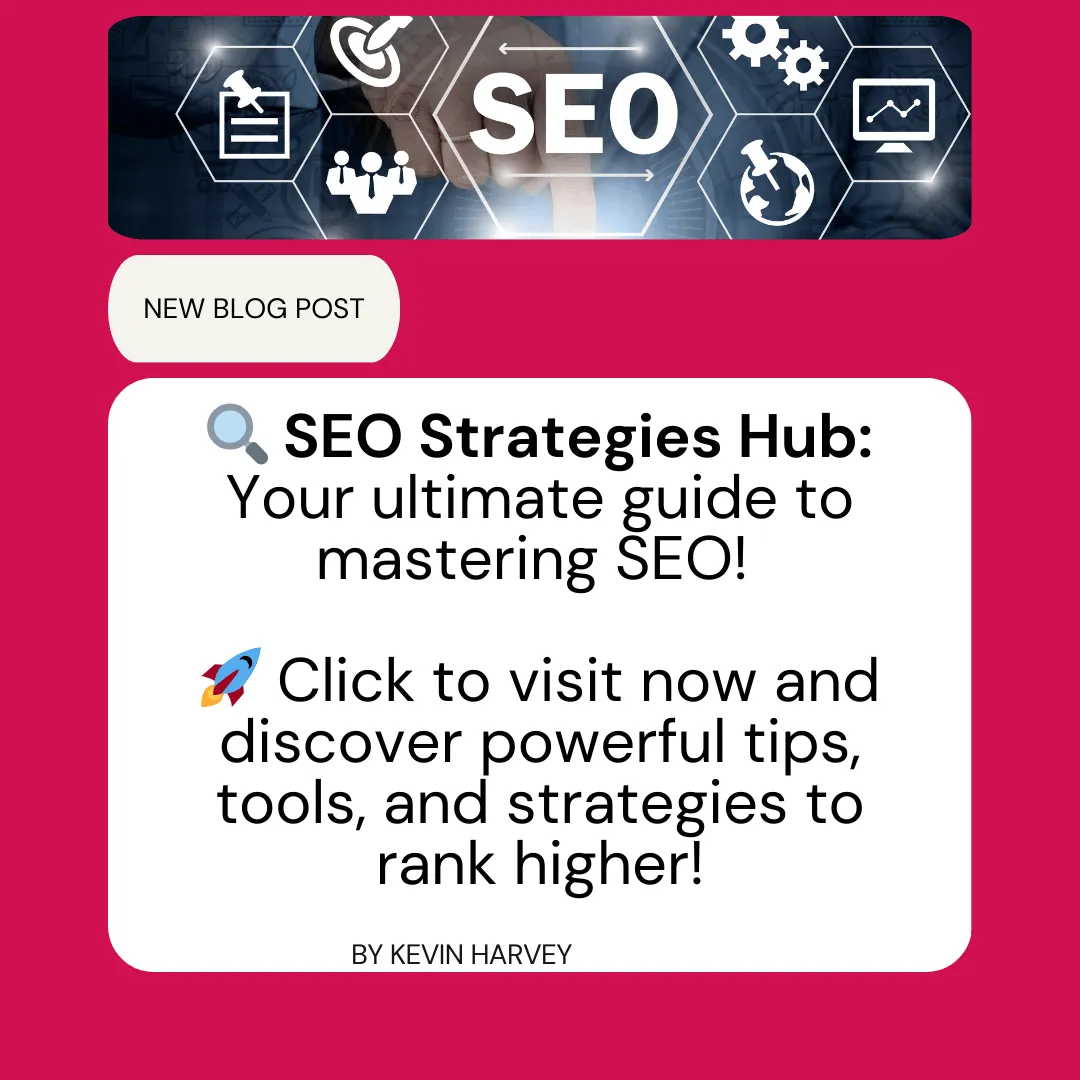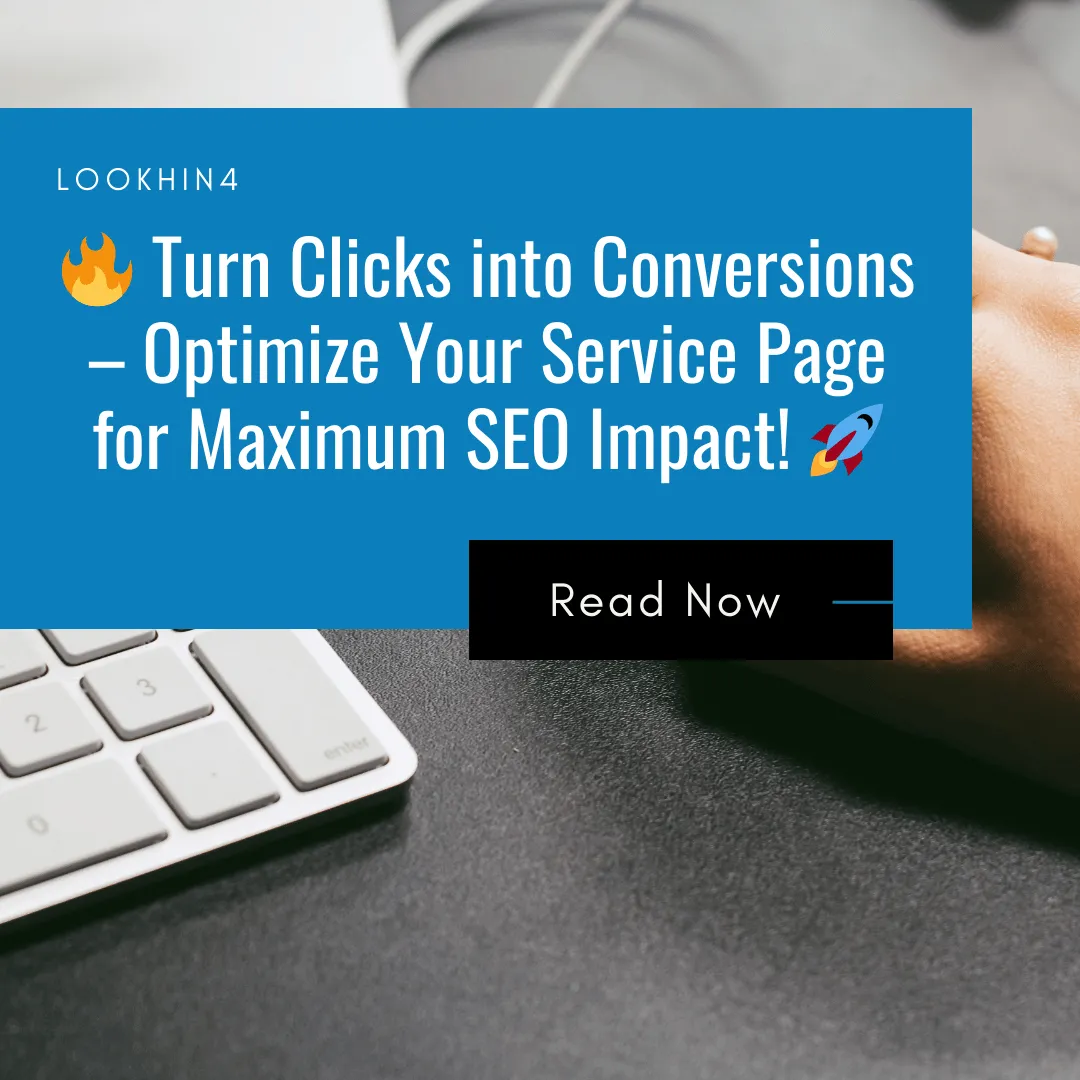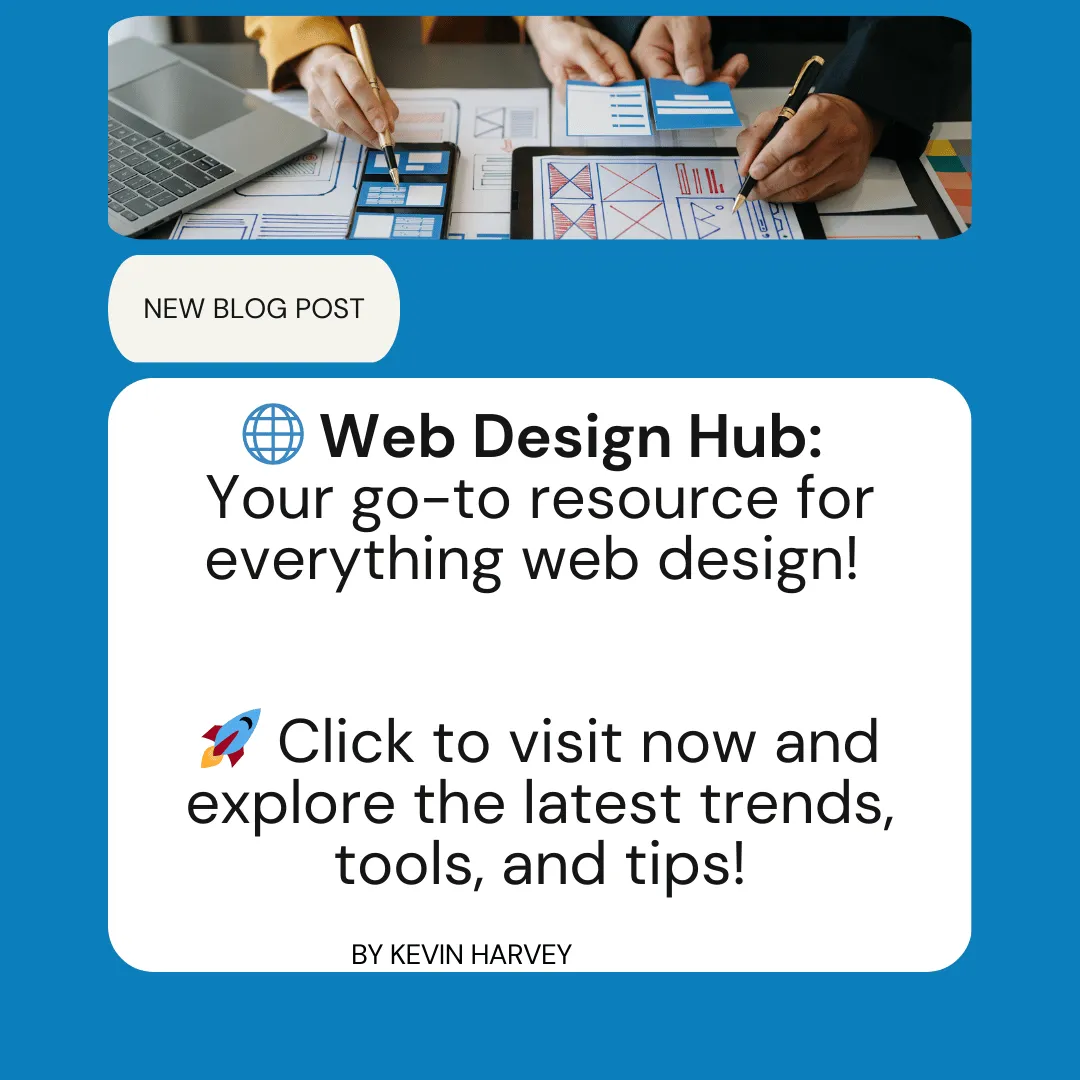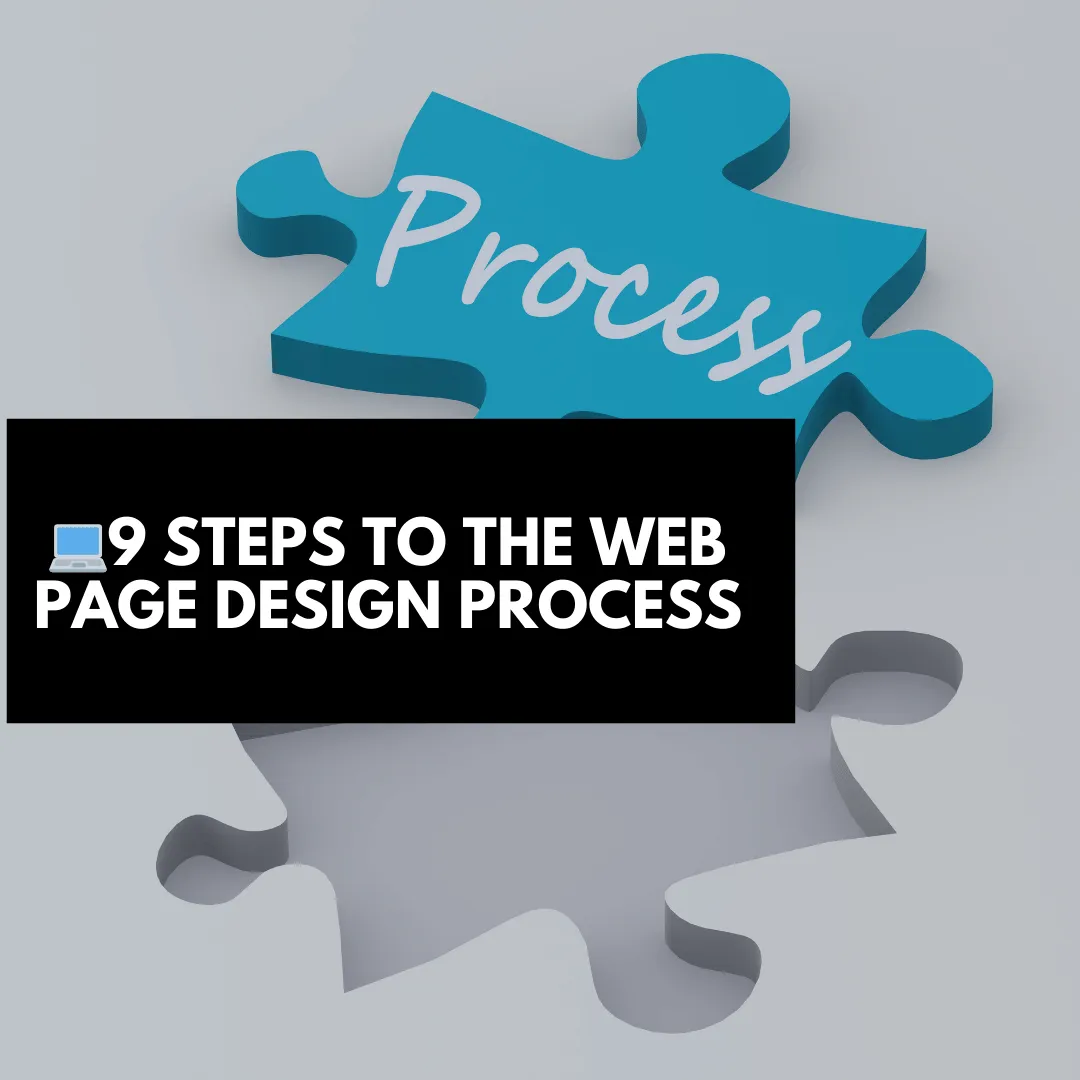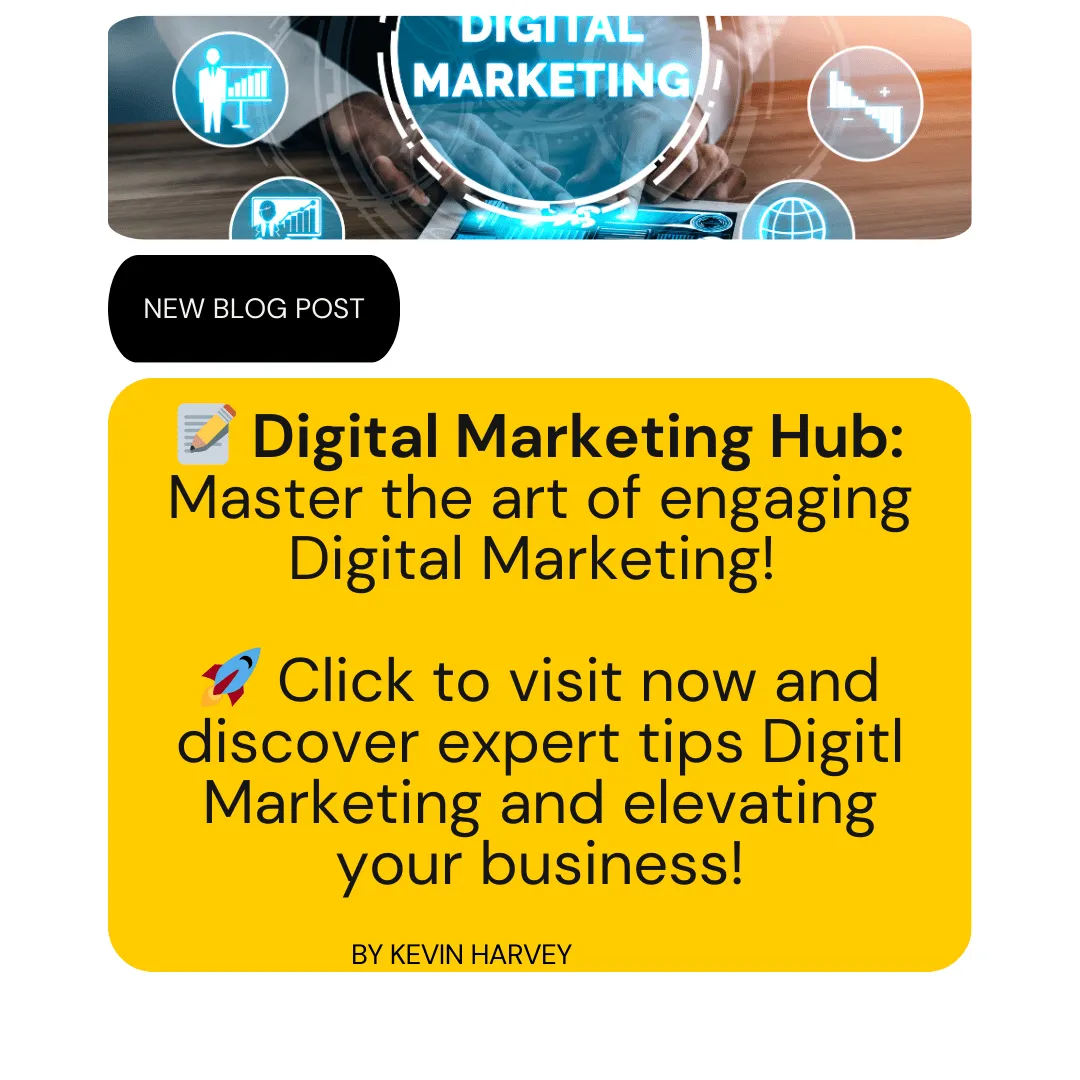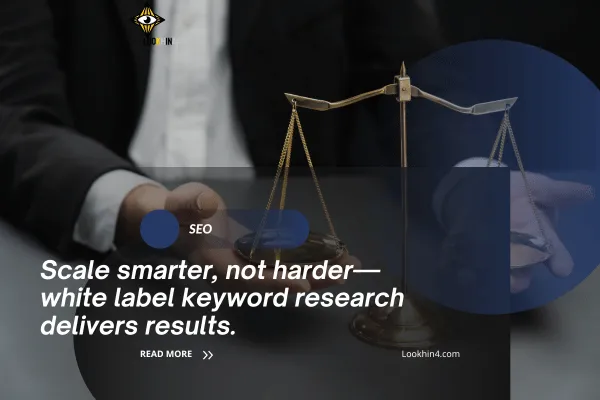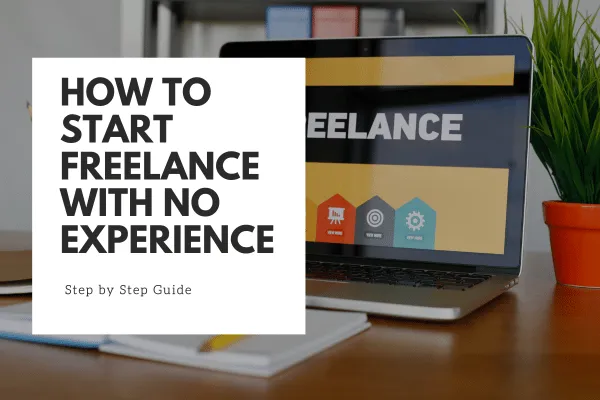
SEO Crystal Ball: How Predictive AI Tools Like SEMrush Are Making SEO a Science (and an Art!)
Predict the future of SEO? Yes, please! With AI tools, I feel like a fortune teller—but instead of a crystal ball, I’ve got SEMrush, SurferSEO, and Ahrefs guiding my every move.
Table Of Content
Which AI Tools to Do Predictive SEO Suggestions?
1. SEMrush: The Comprehensive SEO Solution
2. SurferSEO: Predictive Content Optimization
3. Ahrefs: Keyword Prediction and Link Analysis
4. BrightEdge: Enterprise-Level Predictive SEO
5. MarketMuse: Predictive Content Planning
Challenges and How to Overcome Them
Ethical Considerations for Using Predictive AI in SEO
Examples of How AI Tools Have Driven Results
Integrating AI Tools to Make Predictive SEO Suggestions with Other Platforms
How I Integrate Predictive SEO Tools
How AI Tools to Do Predictive SEO Suggestions Fit into a Holistic SEO Strategy
Aligning Content Strategy with Predictive Trends
Combining Predictive Insights with Technical SEO
Aligning Content with Predictive Trends
Leveraging Backlink Opportunities
Step-by-Step Guide to Using AI Tools to Do Predictive SEO Suggestions
Step 2: Identify High-Opportunity Keywords
Step 3: Analyze Competitor Trends
Step 4: Create Content Based on Predictions
Future Trends in AI Tools to Do Predictive SEO Suggestions
AI-Powered Personalization: Crafting Tailored SEO Strategies
How AI-Powered Personalization Will Work
Voice Search Optimization: Adapting to Conversational Queries
The Shift to Conversational Search
Real-Time Predictive Analytics: Instant Insights for Instant Action
Overcoming Challenges in Real-Time Predictive Analytics
What Real-Time Predictive Analytics Could Look Like
AI-Driven Content Creation: Streamlining the Writing Process
Ethical Considerations in AI-Driven Content Creation
What AI-Driven Content Creation Entails
Concerns and Ethical Considerations
The SEO game is no longer about just following trends—it’s about staying ten steps ahead of them. That’s where AI tools to make predictive SEO suggestions come in. From uncovering hidden keyword opportunities to refining content strategies in real time, these tools have become my secret weapon. Whether I’m optimizing my site or helping clients dominate their niches, AI-powered predictive SEO has transformed the way I approach optimization. Buckle up—I’m sharing my insider’s guide to the trends, tools, and tactics shaping the future of SEO.
Which AI Tools to Do Predictive SEO Suggestions?
In the ever-changing SEO landscape, staying ahead of the competition means predicting trends before they happen. From my research and personal experience, I’ve found that AI-powered tools for predictive SEO suggestions are a game-changer. These tools not only help you optimize your website but also enable you to anticipate user behavior, search trends, and market shifts. Let me walk you through the top AI tools I’ve explored and how they can revolutionize your SEO strategy.
1. SEMrush: The Comprehensive SEO Solution
Why It’s Essential:
SEMrush has always been a go-to tool for SEO, and its predictive features take optimization to the next level. With AI-driven insights, it provides keyword trends, content recommendations, and competitive analysis tailored to future search demands.
How It Helps with Predictive SEO:
Trend Analysis: SEMrush identifies rising keywords and predicts their future performance.
Content Suggestions: AI suggests content ideas based on what your target audience is likely to search for.
Competitor Insights: Stay ahead by analyzing what strategies your competitors are preparing for upcoming trends.
My Experience:
While using SEMrush, I discovered a spike in searches for "eco-friendly packaging" months before the trend peaked. By optimizing content early, I captured significant traffic. (Insert SEMrush ad here.)
2. SurferSEO: Predictive Content Optimization
Why It’s Essential:
SurferSEO combines AI with data analytics to provide precise content optimization recommendations. Its ability to predict ranking factors for specific niches makes it invaluable for content creators.
How It Helps with Predictive SEO:
Content Scoring: SurferSEO predicts which on-page factors will drive rankings for specific keywords.
SERP Analysis: It forecasts shifts in ranking criteria based on algorithm updates.
Gap Filling: AI identifies missing elements in your content strategy to align with future search intent.
My Experience:
I used SurferSEO to optimize a blog post for an emerging trend. By following its predictive suggestions, the post ranked on page one within two weeks. (Insert SurferSEO ad here.)
3. Ahrefs: Keyword Prediction and Link Analysis
Why It’s Essential:
Ahrefs is renowned for its backlink analysis, but its AI-powered keyword prediction capabilities make it a standout tool for predictive SEO.
How It Helps with Predictive SEO:
Keyword Forecasting: Ahrefs identifies emerging keywords before they gain mainstream popularity.
Backlink Opportunities: AI predicts which domains are likely to become authoritative in your niche.
Traffic Potential Analysis: It estimates future traffic potential for specific keywords or topics.
My Experience:
Ahrefs helped me identify and target keywords related to "remote team collaboration tools," boosting traffic to my blog during a rising trend. (Insert Ahrefs ad here.)
4. BrightEdge: Enterprise-Level Predictive SEO
Why It’s Essential:
BrightEdge’s AI-powered platform is designed for enterprises looking to dominate search rankings. Its predictive capabilities allow you to stay ahead of the competition by identifying upcoming SEO opportunities.
How It Helps with Predictive SEO:
Search Forecasting: BrightEdge predicts search trends to guide your content creation strategy.
Performance Insights: AI highlights which content will need updates to remain competitive in future rankings.
Market Insights: Provides predictive analytics on shifting market dynamics.
My Experience:
BrightEdge enabled me to update older content before it lost its ranking power, ensuring consistent traffic flow. (Insert BrightEdge ad here.)
5. MarketMuse: Predictive Content Planning
Why It’s Essential:
MarketMuse leverages AI to analyze content gaps and opportunities, helping you plan content that aligns with future search trends.
How It Helps with Predictive SEO:
Content Gap Analysis: Predicts future topics your audience will care about.
Ranking Potential: AI estimates the ranking potential of planned content.
Topic Prioritization: Recommends which topics to target based on evolving user intent.
My Experience:
MarketMuse’s AI suggested I create a guide on "sustainable business practices." The post quickly became a top-ranking page as interest in the topic grew. (Insert MarketMuse ad here.)
Challenges and How to Overcome Them
From my research, I’ve found that adopting AI tools for predictive SEO isn’t without its challenges. Here are some common hurdles and practical solutions:
1. Cost of Premium AI Tools
High-quality predictive tools like SEMrush and BrightEdge can be costly for smaller businesses.
Solution: Start with free trials or choose entry-level plans to test their value before committing to a higher investment.
2. Learning Curve
Understanding and using AI features effectively requires time and effort.
Solution: Use tutorials, online courses, or hire a virtual assistant experienced in predictive SEO. (Insert virtual assistant ad here.)
3. Data Overload
AI tools often generate a lot of data, which can be overwhelming to analyze.
Solution: Focus on actionable insights rather than trying to address every data point.
Ethical Considerations for Using Predictive AI in SEO
While these tools offer incredible potential, it’s important to use them responsibly. Here’s what I’ve learned about ethical considerations:
Avoid Manipulation: Predictive AI should enhance content quality, not game the system.
Maintain Transparency: Disclose when AI-generated insights are used in content creation.
Focus on Value: Always prioritize delivering genuine value to your audience over chasing trends.
Examples of How AI Tools Have Driven Results
Identifying rising keywords with SEMrush before competitors.
Optimizing content with SurferSEO for better rankings.
Gaining backlink insights using Ahrefs.
Planning enterprise-level strategies with BrightEdge.
Filling content gaps effectively with MarketMuse.
Capturing long-tail keyword traffic early.
Updating outdated content based on predictive trends.
Integrating AI Tools to Do Predictive SEO Suggestions with Other Platforms
When I first started using AI tools to do predictive SEO suggestions, I quickly realized that their true power is unlocked when integrated with other platforms. Sure, these tools can work wonders on their own, but syncing them with platforms like Google Analytics or Google Search Console brings your SEO game to a whole new level! Let me take you through how I’ve mastered these integrations and why they’re so game-changing.
Why Integration Matters
Imagine you’re using an amazing tool like SEMrush or Ahrefs. These tools offer predictive insights, but if you combine their output with data from platforms like Google Analytics, you’re suddenly equipped to make laser-focused decisions. You’re not just looking at trends; you’re linking them directly to your website’s performance metrics.
How I Integrate Predictive SEO Tools
Syncing with Google Analytics
I link tools like SEMrush to Google Analytics to overlay predictive keyword data with actual traffic patterns. For example, when SEMrush predicts a keyword surge, I track user behavior on those pages in real time through Google Analytics. It’s magic seeing the data align!
Pairing with Google Search Console
Google Search Console helps me monitor indexing and ranking performance. When paired with AI tools, I can predict ranking opportunities for pages already performing well and tweak underperforming ones.
Using Zapier for Workflow Automation
Here’s a pro tip! I use Zapier to automate workflows between my predictive SEO tools and platforms like Slack or Trello. This way, I get instant notifications on keyword trends or page performance updates.
Example from My Workflow
Once, I noticed that my AI tool predicted a spike in searches for “sustainable e-commerce.” By linking it with Google Analytics, I identified that my blog post on eco-friendly shopping habits was already gaining traction. I quickly updated the post to include targeted keywords, and traffic doubled in just two weeks!
How AI Tools to Do Predictive SEO Suggestions Fit into a Holistic SEO Strategy
If you’re like me, you’re always looking for ways to level up your SEO strategy. Integrating AI tools to do predictive SEO suggestions is just one piece of the puzzle, but oh boy, does it fit perfectly! Let me explain how I’ve used these tools alongside other SEO tactics to create a truly holistic approach.
Aligning Content Strategy with Predictive Trends
Combining Predictive Insights with Technical SEO
Before I dive into content, I make sure my site is technically sound. Predictive tools often suggest keywords or trends, but those won’t matter if your pages are slow to load or poorly structured.
My Workflow: I use predictive tools to identify high-opportunity keywords, then pair them with insights from tools like Screaming Frog to ensure my site is primed for optimal performance.
Aligning Content with Predictive Trends
Content is king, but predictive insights are the crown jewels! When an AI tool suggests a future trend, I align my content strategy to focus on that topic.
Real-Life Example: A tool once highlighted a growing trend for “AI in education.” I created a detailed blog post on the topic before the trend peaked. Within weeks, it became one of my most-visited pages.
Leveraging Backlink Opportunities
Predictive tools can even forecast which domains will become authoritative in your niche. I use this data to proactively build relationships with these sites, often landing backlinks that boost my rankings.
SEO is Like a Symphony!
Using predictive SEO tools is like adding an orchestra conductor to your symphony of tactics. Everything works together—technical SEO ensures a solid foundation, content captures the audience, and predictive insights keep you ahead of the curve.
Step-by-Step Guide to Using AI Tools to Do Predictive SEO Suggestions
I know what you’re thinking—where do I start? Using AI tools to do predictive SEO suggestions can seem overwhelming at first, but trust me, it’s easier than it looks. Here’s my step-by-step guide based on how I’ve used these tools to predict trends and dominate the SERPs!
Step 1: Choose the Right Tool
Not all tools are created equal. I recommend starting with tools like SEMrush, Ahrefs, or SurferSEO. Each has unique strengths, so pick one that aligns with your goals.
Step 2: Identify High-Opportunity Keywords
Once you’ve chosen a tool, dive into its keyword forecasting features. Look for:
Keywords with rising search volume.
Terms with low competition but high relevance.
Step 3: Analyze Competitor Trends
Next, check out what your competitors are doing. Most tools let you analyze competitor strategies, including keywords they’re ranking for and content that’s performing well.
Step 4: Create Content Based on Predictions
Use the insights from your tool to craft content that meets future demand. Focus on answering questions and solving problems your audience will care about in the coming months.
Step 5: Monitor and Adjust
SEO isn’t a one-and-done process. Keep an eye on how your pages perform. If a prediction pans out, double down on related content. If not, adjust your strategy.
Future Trends in AI Tools to Do Predictive SEO Suggestions
The world of SEO is an ever-shifting landscape, and AI tools to do predictive SEO suggestions are evolving faster than ever to meet the demands of marketers and businesses. Staying ahead of the curve requires not just using these tools effectively but also understanding where they’re heading. Based on my research and hands-on experience, here’s an in-depth look at the future trends shaping predictive SEO tools and how they’re likely to redefine the way we approach optimization.
AI-Powered Personalization: Crafting Tailored SEO Strategies
The future of predictive SEO is all about personalization. Current tools are excellent at analyzing large datasets, but the next generation will go even further, leveraging AI to tailor their suggestions to individual audiences or niche markets.
How AI-Powered Personalization Will Work
Imagine a scenario where your AI tool analyzes not only general search trends but also the specific behavior of your website’s visitors. Here’s what it could do:
Custom Keyword Suggestions: Based on user behavior, the tool might recommend keywords that resonate specifically with your audience. For example, if your audience frequently searches for "eco-friendly home decor," the tool could prioritize long-tail variations like "affordable eco-friendly decor for apartments."
Demographic-Specific Content Plans: Predictive SEO tools could segment your audience by age, gender, location, or interests and suggest unique content strategies for each group.
My Prediction
Personalization will make SEO strategies more effective because you’re not casting a wide net but tailoring your approach to fit the exact preferences of your audience. Tools like BrightEdge and SEMrush are already beginning to experiment with audience segmentation, and I expect this trend to grow exponentially.
Why It Matters
Improved user engagement: Content tailored to specific audience segments leads to higher click-through rates and conversions.
Enhanced brand loyalty: Visitors appreciate when content feels relevant and targeted.
Competitive edge: Personalization can set your content apart in crowded niches.
Voice Search Optimization: Adapting to Conversational Queries
With the rise of smart devices like Amazon Alexa, Google Assistant, and Siri, voice search is becoming a dominant force in search behavior. Predictive SEO tools are adapting to this trend, helping marketers optimize for conversational queries and natural language.
The Shift to Conversational Search
Voice search is fundamentally different from traditional text search. People use full sentences or questions rather than short keywords. For example:
Traditional search: "best coffee shops NYC"
Voice search: "Where can I find the best coffee shops near me in New York City?"
Predictive tools are starting to:
Highlight long-tail keywords that mimic conversational speech.
Predict the types of questions users are likely to ask.
Suggest content formats like FAQs or "how-to" guides to align with voice search behavior.
What I’m Seeing
I’ve noticed that tools like Ahrefs and SEMrush now provide data on question-based keywords and feature suggestions for schema markup, which is critical for voice search optimization. Implementing these suggestions has helped my content appear in voice search results and even featured snippets.
What’s Next?
As AI evolves, predictive tools may:
Offer real-time insights on trending voice queries.
Provide detailed analysis on how different accents or languages influence search behavior.
Suggest tailored content for emerging voice search platforms.
Why It Matters
Voice search users are often closer to making a decision, making them high-value leads.
Optimizing for voice search improves your chances of appearing in position zero (featured snippets), which is prime real estate in search results.
Real-Time Predictive Analytics: Instant Insights for Instant Action
One of the limitations of current SEO tools is the lag in data processing. Most insights are based on historical trends, but the future is all about real-time predictions. This shift could revolutionize how we approach campaigns and make data-driven decisions.
Overcoming Challenges in Real-Time Predictive Analytics
What Real-Time Predictive Analytics Could Look Like
Dynamic Keyword Tracking: Imagine a tool that updates keyword trends as they happen. For example, during a product launch or breaking news event, you’d get immediate insights into which keywords are gaining traction.
Live Performance Monitoring: Real-time data on page views, click-through rates, and conversions would allow you to adjust campaigns on the fly.
Adaptive Content Suggestions: AI could recommend content updates or new topics based on live user behavior.
Example from My Work
During a Black Friday campaign, I used a predictive tool to monitor trending search queries. While it provided valuable insights, the lag meant I missed a few opportunities. A real-time predictive tool would have enabled me to act immediately, tweaking ad copy or blog headlines to align with rising trends.
Challenges and Solutions
Data Overload: Real-time analytics can be overwhelming. The key will be for tools to prioritize actionable insights rather than flooding users with unnecessary data.
Infrastructure Requirements: Real-time capabilities require significant computational power. Cloud-based platforms and advancements in processing speed will play a crucial role.
Why It Matters
Quick reactions to trends lead to higher engagement and conversions.
Campaign optimization in real time ensures you’re always one step ahead of competitors.
Improved ROI as resources are allocated based on the most current data.
AI-Driven Content Creation: Streamlining the Writing Process
While human creativity will always play a role in content creation, AI is set to take on an even bigger share of the workload. Predictive SEO tools are already suggesting topics and keywords; soon, they’ll be able to generate full drafts based on predicted trends.
Ethical Considerations in AI-Driven Content Creation
What AI-Driven Content Creation Entails
Topic Ideation: AI tools like MarketMuse are already identifying content gaps. The next step will be generating detailed outlines for those topics.
First Drafts: Tools like Jasper AI can write initial drafts, leaving you to refine and add the human touch.
Dynamic Updates: Predictive tools could automatically refresh older content to align with new trends or algorithm updates.
How I Use AI-Driven Content
While I still write most of my content manually, I’ve experimented with AI-generated outlines and drafts. For example, when creating a blog about "remote work tools," I used MarketMuse to identify subtopics I hadn’t considered. The result? A more comprehensive post that ranked higher in search results.
Concerns and Ethical Considerations
Plagiarism: Content generated by AI must be thoroughly checked to ensure it doesn’t duplicate existing material.
Maintaining Authenticity: AI should enhance, not replace, the human element of storytelling.
Why It Matters
Faster content production: Spend less time on initial drafts and more on strategy.
Comprehensive coverage: AI ensures no critical subtopics are overlooked.
Scalability: Produce more content without sacrificing quality.
What These Trends Mean for the Future of SEO
The advancements in AI tools to do predictive SEO suggestions promise to make SEO more intuitive, efficient, and impactful. From personalized keyword recommendations to real-time analytics and AI-driven content, these tools are becoming indispensable for staying competitive.
How to Prepare
Embrace AI Early: Start using predictive tools now to familiarize yourself with their capabilities.
Focus on Ethics: Use AI responsibly to provide genuine value to your audience.
Stay Informed: Keep an eye on emerging trends and tools to stay ahead of the competition.
"The Future is Now—Are You Ready to Predict It?"
Predictive SEO is no longer a luxury; it’s a necessity. Tools like SEMrush, SurferSEO, and BrightEdge aren’t just helping us play the SEO game—they’re rewriting the rules. By leveraging these innovations, we’re not just reacting to trends; we’re leading them.
Whether it’s adapting to voice search, creating AI-driven content, or acting on real-time analytics, the future of SEO is both exciting and empowering. The key is to embrace these tools with creativity and responsibility—because while AI can do a lot, it’s your human touch that will keep your content authentic and impactful.

